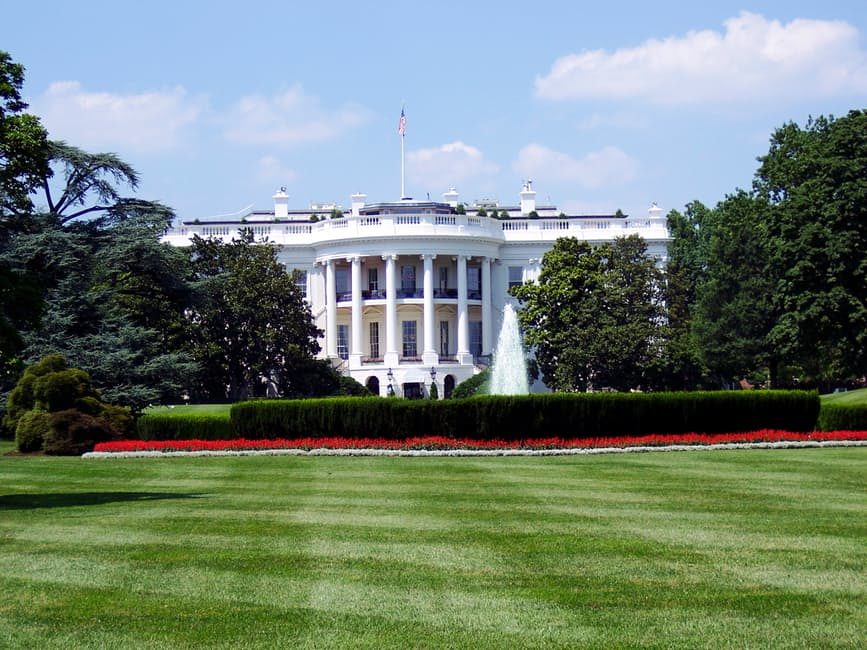As a business owner, elections are most likely something you pay attention to, not only because they can affect your income, but a shift in leadership can influence the economy, tax law and other policies that may affect your business in the years to come. As you’ve probably heard, President-Elect Donald Trump has big plans for businesses. Here’s what Trump’s tax plan could potentially mean for you and your service business.
Shrinking Tax Brackets and Large Tax Cuts
A large part of Trump’s platform for the election was tax reform. According toDonaldJTrump.com, Trump wants to condense the current tax bracket structure from seven tax brackets to three and lower the tax rates for both individuals and businesses of all sizes. If all goes according to plan, the corporate tax rate will be lowered from 35 to 15 percent. Trump plans to honor the 15 percent rate for small businesses as well. This will be especially beneficial for S-corporations, partnerships and sole-proprietorships who, under the current structure, are taxed on an individual level for their business income.
Some argue the plan encourages entrepreneurship while opposers speculate that this would create a strong incentive for high income workers to become independent contractors rather than employees in order to pocket the 18% difference between the top tax rate of an employee (33%) versus an independent contractor (15%).
Protectionist Trade Policy
During his campaign, Trump’s rhetoric vowed to upend global trade. According to the Wall Street Journal, “his victory may begin an era of US combativeness with trade partners such as China and Mexico, which Trump says benefit in a global system that costs America jobs. If implemented, Trump’s promises could bring trade wars, drive up the price of imports and rattle a global economy that has relied on the expansion of international trade to drive growth.”
“Construction companies are enthralled by the prospect of a push on infrastructure spending, but are nervous over tariffs on imported goods or curbs on immigration,” according to the Wall Street Journal. Higher tariffs on goods like steel, copper, aluminum and iron would inflate construction and manufacturing costs for companies here in the US.Specifically, Trump has vowed to slap a 45% tariff on Chinese imports and declare Beijing acurrency manipulator on his first day in office if China doesn’t change its trade practices, which the president-elect and other critics have called unfair. In addition, Trump has threatened to leave the North American Free Trade Agreement, which connects Canada, the US and Mexico, if Mexico doesn’t agree to renegotiate the act.
Side Note: The agreement allows for free trade of labor, goods, and investments, allowing for immigration back and forth for labor purposes (cheap labor which Trump blames for the loss of millions of American jobs) and for the free trade of goods back and forth without import tariffs (cheaper materials and inputs). NAFTA also allows companies like Ford to relocate plants to Mexico and ship its cars back to the US with minimal taxes, while keeping the more highly skilled and automated tasks here in their U.S. factories.
Large-Scale Immigration Reform
Whether a tangible wall is built along the US/Mexican border or stricter/reformed immigration laws are introduced (or both), several industries that benefit from the labor of undocumented workers could take a hit. According to the Pew Research Center, there were 11.1 million unauthorized immigrants in the US in 2014, accounting for 3.5% of the nation’s population.
Minimum Wage Hikes
Also important to note, four states voted in favor of a minimum wage increase, which may impact your bottom line. Trump has expressed opposition to a minimum wage hike on the federal level, but business owners in Arizona, Colorado, Maine and Washington will have to increase their minimum wages by 2020. Arizona’s minimum wage will increase from $8.05 to $12, Colorado’s from $8.31 to $12, Maine’s from $7.50 to $12 and Washington’s from $9.47 to $13.50. As more low income jobs offer higher wages, this can put upward pressure on other employees’ wages as other job offerings become more competitive.
Wrap Up
At this point, there is still a lot of uncertainty and any positive or negative outcomes that will result from his policies are entirely speculation. As with any election, nothing the candidate campaigned on is set in stone. We will have to wait and see.
Last modified: March 19, 2019







